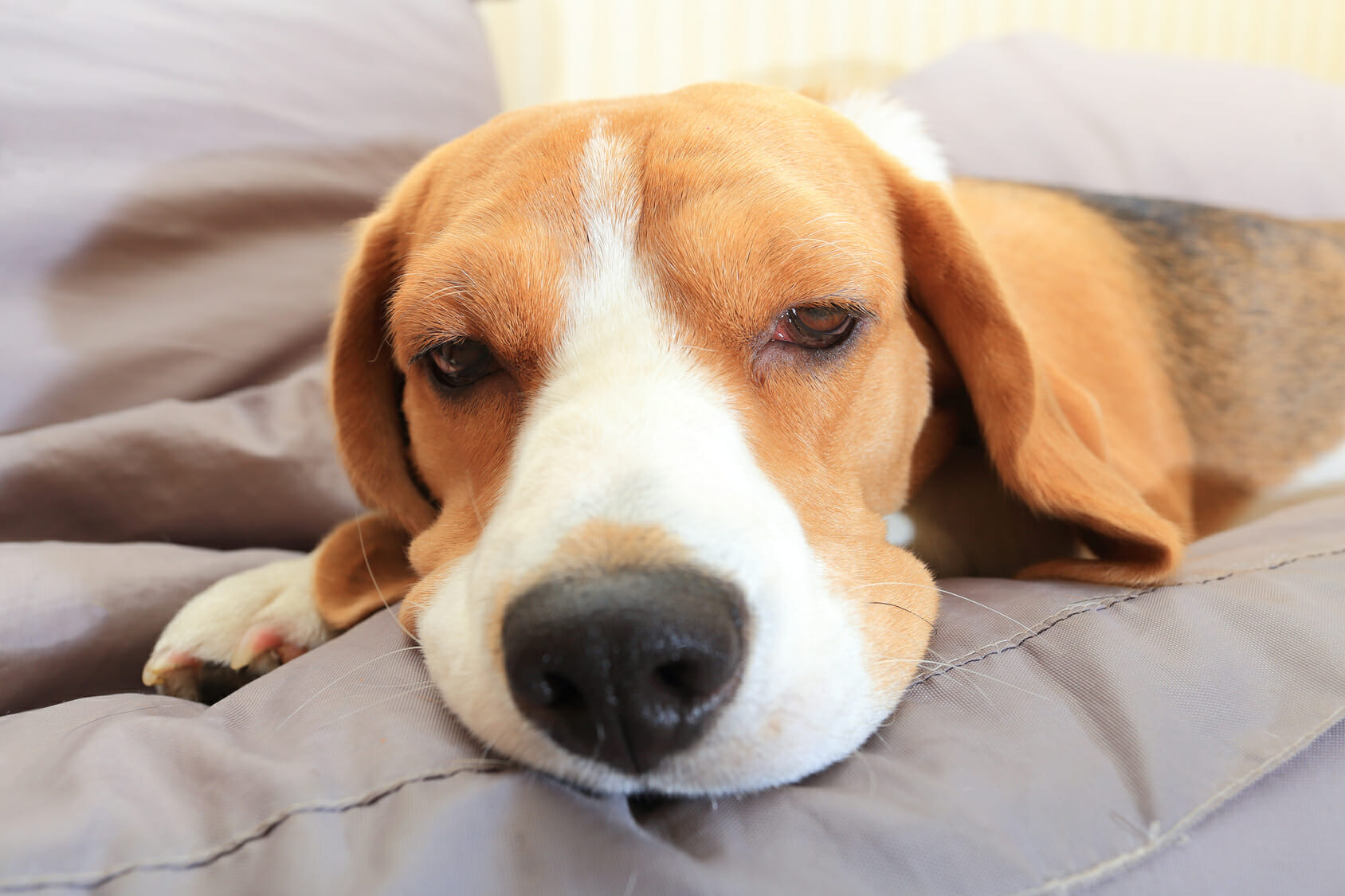Often times the signs that our four legged companions are not feeling well, are somewhat subtle. This of course excludes things that are a dire emergency. Such as witnessed or not witnessed trauma, obvious outward blood loss, sudden inability to get up from lying down, unproductive vomiting or loss of awareness.
APPETITE
One of the most common signs, is a change in appetite. This could be a steady increase in appetite or a slow steady decline. Most often a decreasing appetite is an indication that our buddies are not feeling well. This could be an indication of having dental pain, an upset gastrointestinal system, could be related to other internal organs that are not functioning up to par. Some times pets with orthopedic pain or dysfunction either can’t get up to eat or feel generally uncomfortable and don’t want to eat. Appetite change does not point to one specific illness but is an indication that perhaps a veterinary visit or consult is in order.
CHANGE IN BOWEL HABITS
Most of us with pets are reasonably aware of their bowel habits. How often they go daily, the consistency of the stool, the normal color of their stool and the normal volume. Consistent changes in these habits can indicate some serious conditions. An occasional bout of loose stool or diarrhea is not a reason for concern. However continuous diarrhea that is accompanied with increased urgency to go and increased frequency can be an indication of more sinister gastrointestinal diseases. Fresh red blood in the stool is a concern and can indicate changes in the large intestine (colon, cecum and rectum). Stool that is black like tar, is a possible indication of bleeding in the upper gastrointestinal tract ( stomach, or small intestine). these changes do in fact indicate that our furry friends need a visit to the veterinarian. Long term diarrhea and intestinal bleeding can cause weight loss and lack of ability to absorb nutrition. Evaluation combined with various diagnostics may be required to diagnose the cause of this change. It could be as simple as a dietary indiscretion or as complex as some sort of cancerous process.
INCREASED INCIDENCES OF VOMITING
Like diarrhea, occasional bouts of vomiting do occur and do not necessarily indicate disease. Dogs or cats that eat foreign objects that cause an obstruction , can still want to eat but tend to vomit all or most of everything that take in. Sometimes animals with partial obstructions can keep some food down but generally have an increased incidence of vomiting and over time, will have weight loss. Vomit with evidence of foreign material in it is an indication that further evaluation is warranted. Vomit with fresh blood is indicative bleeding somewhere between the mouth and stomach and vomiting what looks like coffee grinds, is suggestive of digested blood ie from the stomach and/or small intestines. For dogs that seem to have a distended abdomen and are having unproductive wretching, we need to be concerned about bloat. This of course is a dire emergency. Like diarrhea, vomiting does not always indicate GI disease and can be seen with things like kidney disease, diabetes, liver dysfunction, ingestion of a toxin and many other disease processes.
CHANGE IN URINARY HABITS
Like bowel habits, most of our furry companions have standard urinary routines. Changes in frequency, volume, urgency and of course inappropriate urinations (going in places that they don’t normally go) are cause for concerns. Increased frequency can be accompanied by increased thirst. We see this with kidney disease (chronic), diabetes, and certain endocrine diseases . Increased frequency, with smaller amounts of urine with or without increased thirst can possibly be an indication of lower urinary tract disease. Straining to urinate with decreased or no production of urine is an emergency. We see this in both cats and dogs and should be dealt with rapidly as it is life threatening. This can be caused by bladder stones, urethral spasms, prostate disease, urethral stones and many other problems, but needs rapid evaluation.
STEADY WEIGHT CHANGES
Both steady weight gain and weight loss are a concern for our pet’s health. If the amount fed has not changed but the animal’s weight has, evaluation is definitely warranted. What could be causes of weight gain? Decreased activity from joint disease (arthritis), muscle or nerve disease, underachieve thyroid disease (dogs) or general malaise.
Weight loss can be representative of many different disease processes and is not pathonomic for any specific disease. Cats get hyperthyroid which causes an increase in appetite but continued decrease in weight. Diabetic critters can have an increased appetite to accompany and increased thirst and urination but continued weight loss.
Steady weight changes need further evaluation.
ELEVATED RESPIRATORY RATES
Noticing changes in your pet’s breathing patterns is also a clue that something is awry. Normal resting respiratory rates in dogs and cats should be less than 30 breaths per minute. If consistently higher, there is reason for concern. What are some causes for elevated respiratory rates? Pain can cause a pet to breath faster. Worsening heart disease can cause there to be a build up of fluid in the lungs or the chest cavity and that can make breathing more difficult. If you notice an increased respiratory rate and effort that should be evaluated as quickly as possible. Another tell tale sign of respiratory distress, is if you notice that your pet’s normally pick gums are more purple or pale. Purple gums are indicative of poor oxygenation and that causes the pet to breath faster to try and get more air (oxygen )to the tissues. Pale gums can be an indication of anemia. This can be from blood loss, blood destruction or decreased blood production. As a result, the pet will breathe faster to make up for the decreased blood which carries oxygen to the rest of the organs. As you can imagine, this makes it difficult for the rest of the organs to function as they should and puts the pet’s life at risk.
COUGHING
Increased coughing in both cats and dogs can certainly be something to be concerned about. In cats, coughing is often associated with conditions of the lungs (although not exclusively). In cats we see coughing with asthma like conditions, pneumonia and in some parasitic diseases. In dogs you can see coughing from a number of conditions. Coughing can be caused by collapsing tracheas, pneumonia, and heart disease (from fluid build up in the lungs). In both species, cancerous processes in the lungs or airways can cause coughing as well. All of which need further investigation.
COAT AND SKIN CONDITION
In a normal healthy pet, their coat should be full and have a shiny luster. There should be no areas of hair loss. The skin should be the same uniform color throughout. There should be no areas of ulceration, hair loss or flaking. There are a variety of causes for the aforementioned maladies. External parasites such as fleas or ticks, bacterial infections, yeast infections, allergic skin disease and combinations of the above are all possible reasons for skin abnormalities. There are immune mediated diseases that can cause skin issues as well as affecting other organs. The quality the food that we feed our pets is also critical in skin and coat health. If your pets skin changes, the cause should be identified so a swift resolution can be instituted.
CHANGE IN SOCIAL HABITS
Do you notice that your dog or cat is hiding more and avoiding spending time with the family. This change in socializing can in fact be an indication that something is wrong. The same can be said for the reverse situation where our cats or dogs become “needy”. These conditions can be behavioral or medical and to be able to distinguish between the two is critical in correcting the situation.
ABILITY TO AMBULATE
Dogs and cats like people as they age, can be prone to arthritis. This can be made apparent by dogs not wanting to go on walks , having difficulty climbing steps or inability to get up on the furniture. In cats sometimes people note that they seem to be urinating or defecating inappropriately. This can sometimes be explained by the cat having difficulty getting to the litter pan due to painful conditions. It is possible for pets of any age to injure themselves in any number of ways. This can often be made evident by the pet ambulating differently on one particular limb. It can also be made apparent if the pet cries when picked up in a certain way or when touched in a certain location. Any consistent change in ambulation or ability to move about should be evaluated and investigated so that an appropriate resolution of discomfort can be instituted.
Although our cat and dog kids cannot verbally tell us what is wrong, there are a number of ways that we as pet people can identify when they are not feeling right. Often times these symptoms indicate the need for further evaluation to identify the root cause of their abnormal behavior. This will then allow us too alleviate their discomfort and help correctly identify the cause.
Author: Dr. Marcy Rose

